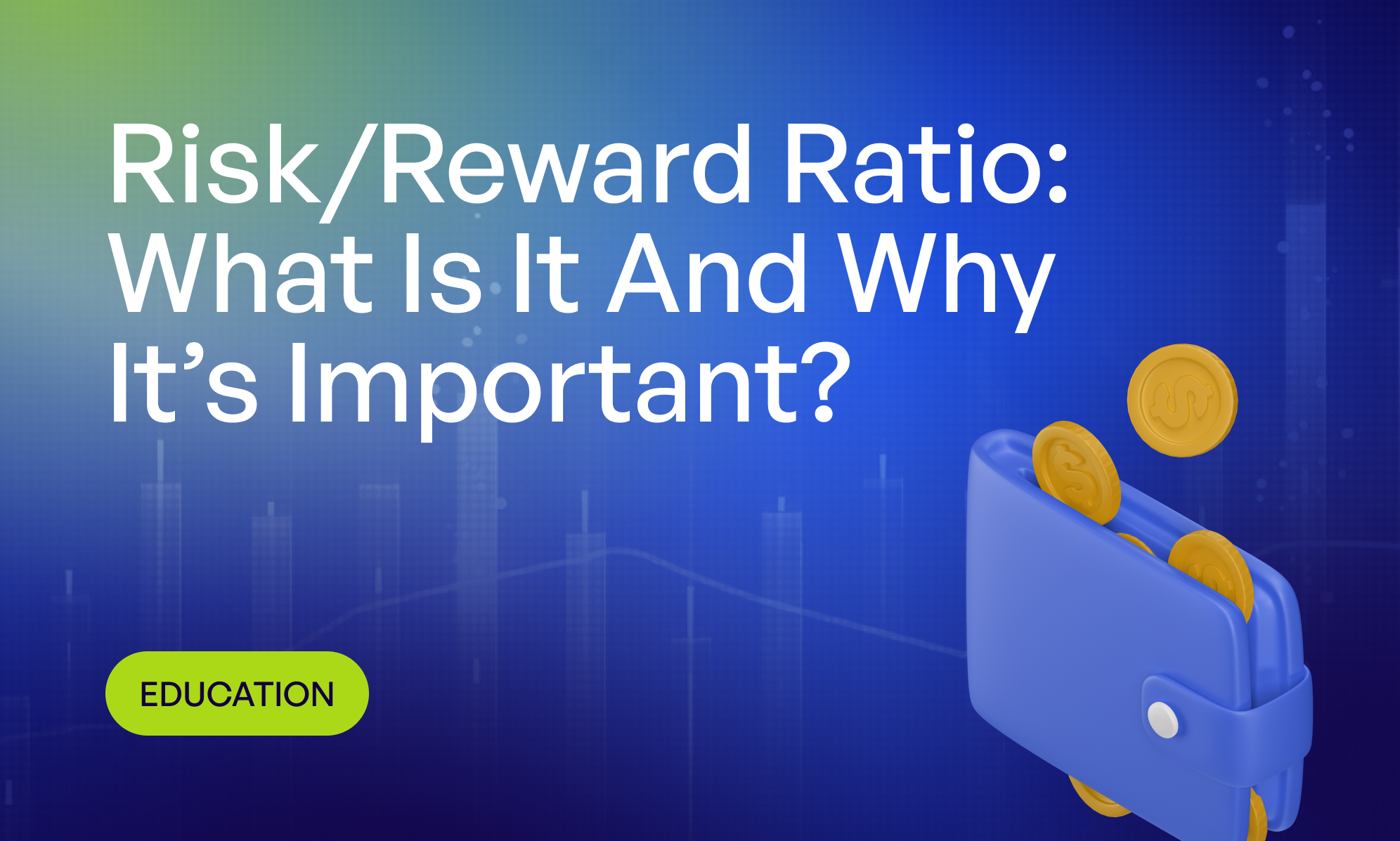
Risk/Reward Ratio: What Is It And Why It’s Important?
The risk/reward ratio (also known as the risk/return ratio) measures the potential profit of a trade against the potential loss. It is a simple mathematical formula to assess the feasibility of a trade based on its risk-return profile. A lower risk/return ratio is often preferable as it signals less risk for an equivalent potential gain.
Consider the following example:
An investment with a risk-reward ratio of 1:7 suggests that a trader is willing to risk $1, for the prospect of earning $7. Alternatively, a risk/reward ratio of 1:3 signals that a trader should expect to invest $1, for the prospect of earning $3 on their investment.
How Risk/Reward Ratio Works?
Market strategists often target an ideal risk/reward ratio of approximately 1:3. This means they seek to gain three units of return for every one unit of risk they take on. The optimal ratio can vary significantly depending on the trading strategy employed and the individual trader’s market approach.
For example:
A conservative trader might prefer a higher ratio (such as 1:5), valuing safety and wanting to ensure that the potential gains significantly outweigh the risks. Conversely, a more aggressive trader might accept a lower ratio (such as 1:2), taking on greater risk in pursuit of quicker, more substantial gains.
Tools for Managing Risk/Reward
Traders can manage their risk/reward more effectively through tools such as stop-loss orders and derivatives like put options:
- Stop-Loss Orders: These allow traders to set a specific price at which their position will automatically close to prevent further losses. This tool helps traders maintain control over the risk aspect of the ratio by capping potential losses at a predetermined level.
- Derivatives: Options, such as puts, provide the right to sell at a certain price and can be used to hedge against downside risk, effectively managing the reward component by providing potential profit or loss mitigation strategies.
Calculation of Risk/Reward Ratio
The risk/reward ratio can be calculated using one’s personal risk tolerance or as an objective measure of an investment’s risk/return profile. Here’s how the two components are typically analyzed:
- Potential Loss: Methods to estimate potential loss include technical analysis of historical price data, examining historical volatility (standard deviation of price movements), fundamental analysis of financial statements, and risk assessment models like value-at-risk (VaR). These approaches help identify possible price movements that could lead to losses.
- Expected Return: To estimate the expected return, one often projects historical returns into the future, calculates weighted probabilities of various possible outcomes, or uses financial models such as the Capital Asset Pricing Model (CAPM). These methods assess potential future gains from an investment based on past performance and market conditions.
Determining the best risk/reward ratio involves some trial and error. Traders typically experiment with different thresholds to find a balance that aligns with their trading style, market conditions, and profit objectives. It is also important for traders to adjust their strategies as market conditions change, which may involve recalibrating the risk/reward ratio according to new data or economic forecasts.
Example of the Risk/Reward Ratio in Use
Imagine a trader who buys 100 shares of Company ABC at $40 each and decides to set a stop-loss order at $35 to limit potential losses. This strategy means the trader is prepared to risk $5 per share. The trader also sets a goal to sell the shares at $55, aiming for a $15 gain per share. Therefore, the risk/reward ratio for this trade would be 1:3, because the trader is risking $5 to potentially earn $15 per share.
To further manage risk, the trader might use options such as buying put options to protect against a drop in the stock price below a certain level. This would provide an additional layer of security, ensuring that even if the stock price falls sharply, the losses remain controlled.
If the trader decides to be more conservative by adjusting the stop-loss order to $38 instead of $35, this change would reduce the risk per share from $5 to $2, while still targeting a $15 gain. This adjustment would alter the risk/reward ratio to 1:7.5, significantly increasing the potential return relative to the risk.
However, it’s important to note that tightening the stop-loss order means the trade is more likely to exit at a stop loss before reaching the profit target due to smaller price fluctuations, thus affecting the likelihood of achieving the projected reward.
Why Is Risk/Reward Ratio Important?
The risk/reward ratio is crucial because it helps traders make informed decisions by quantifying the potential risks and rewards of an investment. A favorable (lower) ratio indicates that the potential rewards outweigh the risks, making an investment more attractive.
Conversely, a higher ratio suggests greater risk relative to the reward, potentially signaling a less desirable investment. By evaluating this ratio, traders can manage their portfolios more effectively, aiming to maximize returns while minimizing exposure to unnecessary risks. This strategic tool guides traders in aligning their investment choices with their risk tolerance and financial goals.







